The Crippler 2018 September 30th
Location: Cañon City, Colorado
Distance: 65 miles
Equipment: Allied Alfa Disc, Mavic Cosmic Elite 700x25c tubeless, 52/36 11-28
Nutrition: Trader Joe’s Scandinavian Swimmers, Skratch Labs products, homemade gluten/dairy free chocolate chip cookies (made by my athlete Jen)
Threads: Panache Cyclewear
The Crippler is one of the new gravel events on the block. Starting in Cañon City, Colorado, its outstanding feature is one of Colorado’s premier gravel climbs known as Phantom Canyon: 25 miles uphill. The Crippler is my first (and won’t be the last) gravel race…specifically the first grinder I have finished. This doesn’t mean it was my first time on gravel! As the road season ends in September here in Colorado, I do my best to get off the asphalt while still enjoying my bike. An athlete of mine (a gravel queen) turned me onto the event and I’m glad she did!
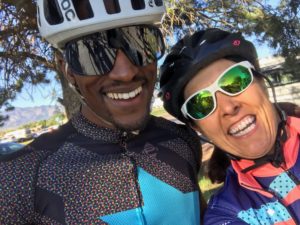
This is only the second year The Crippler has been around. It features a police escort out of town, leading us to the start of the first real climb.
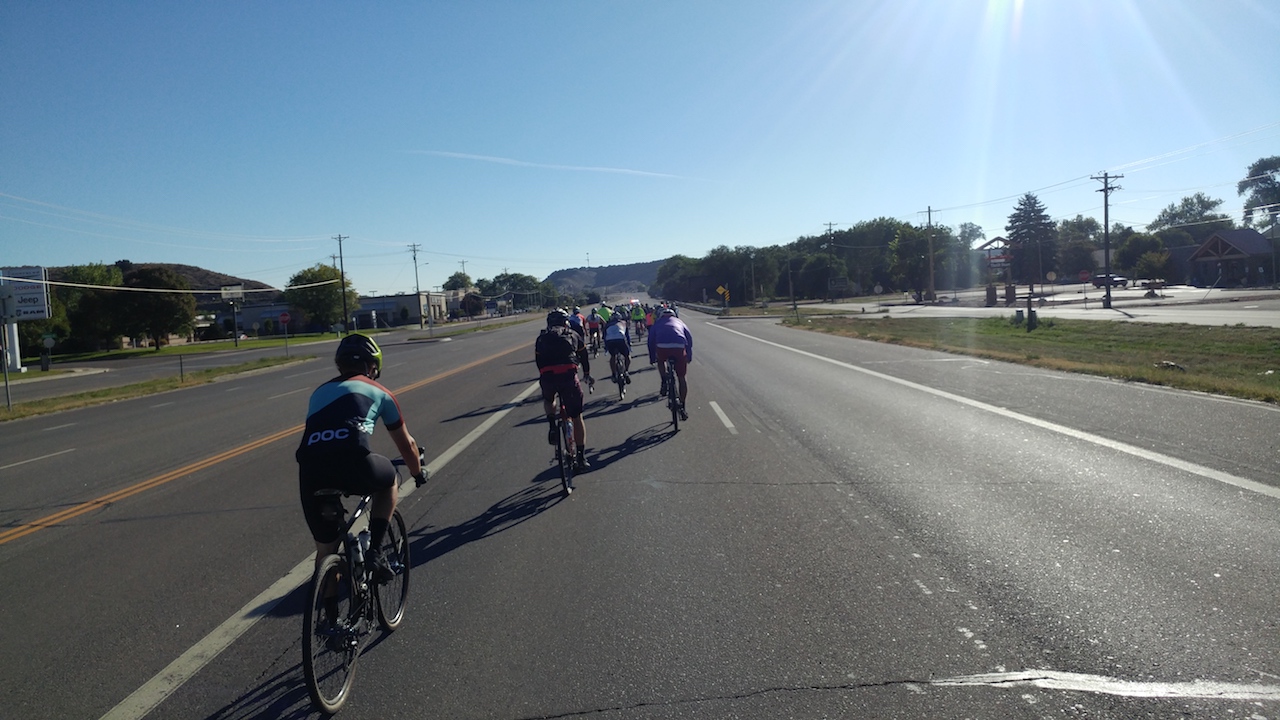
I’ve done Phantom Canyon before, but I completely forgot how long it was. The gradient isn’t arduous, but the length of the climb is.
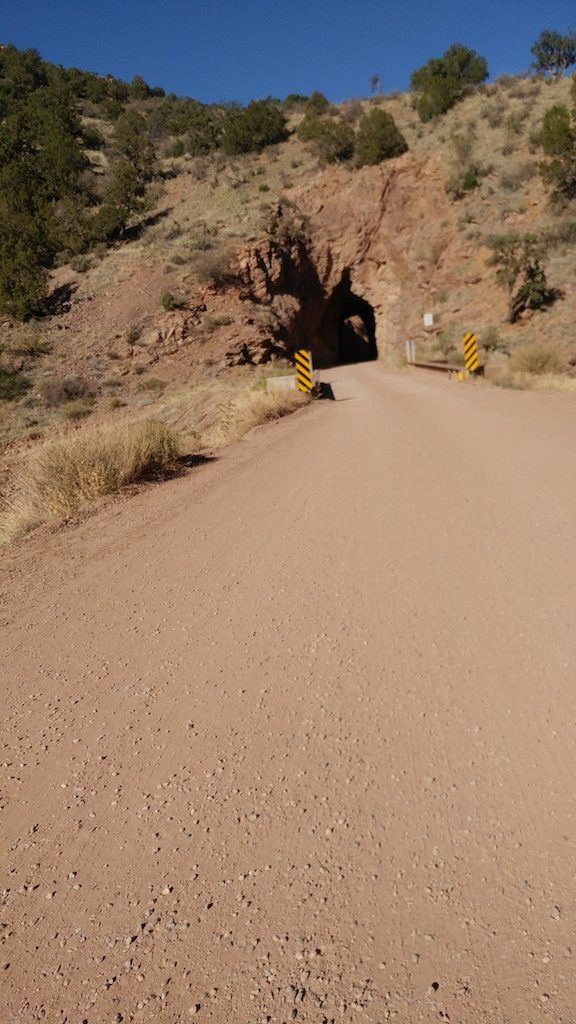
Really, the ride is broken up into two sections: the climb and the descent. The first section is absolutely breathtaking (in more ways than one). The first six to seven miles are rolling and on asphalt. Once you hit the dirt, you feel like the warmup has come to an end. The climb is gradual, mostly averaging 4%. The ground is packed and easily ridable on a road bike as I can attest from previous experience. As you begin climbing at nearly the elevation of Denver, there are countless twists and turns paralleling Eightmile Creek all the way up to just under 10,000 feet. Climbing higher and higher, the Aspens shimmer the light of the sun while casting shadows over the gravel making dips and undulations indistinguishable. Rolling over the golden leaves that have already fallen, I realize that I’ve now been riding nearly two hours and still have several more miles to go before reaching the second left turn on the course.
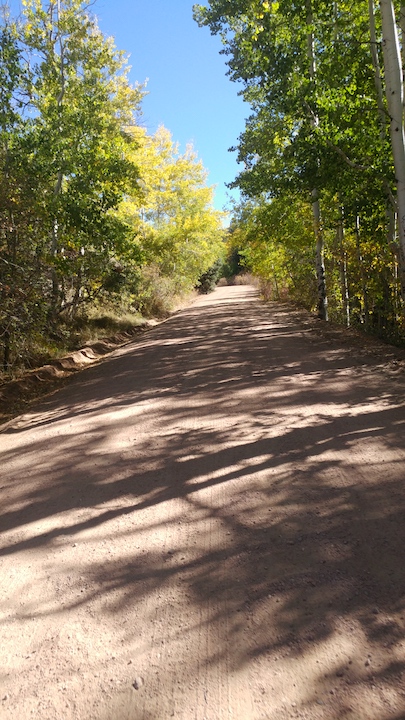
The higher I climbed, the more beautiful the Aspens became. The wall of white bark complimented by Tuscan-Sunset yellow and red-orange leaves reminded me why I love this time of year and why I love riding my bike—a reminder I needed badly at that moment. The climb finally leveled off for a bit of respite and I could see the gold mine of Cripple Creek/Victor.
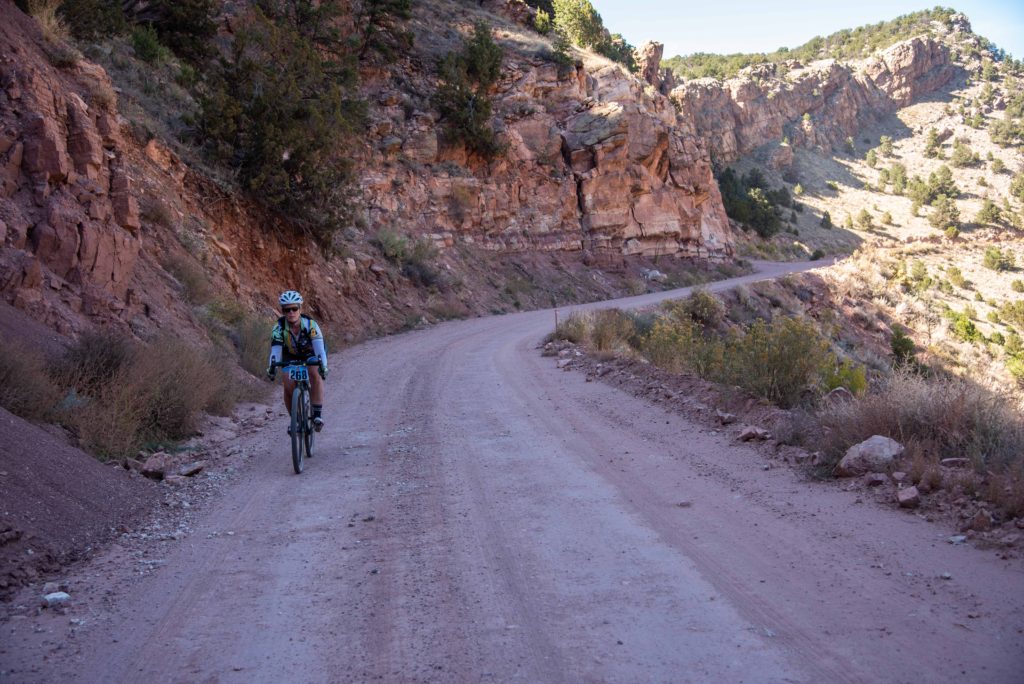
The end was near! After a mile or so, I took the left off of the gravel and onto pavement into the small town of Victor. White arrows along the roadside pointed the riders in the right direction. A few turns led us up and out of town. I chose not to stop at the third and final aid station. I hadn’t stopped since the race started and once I was headed down the asphalt descent into Cripple Creek, I wondered if I should have. Cruising at 50mph, the choice was made not to turn around.
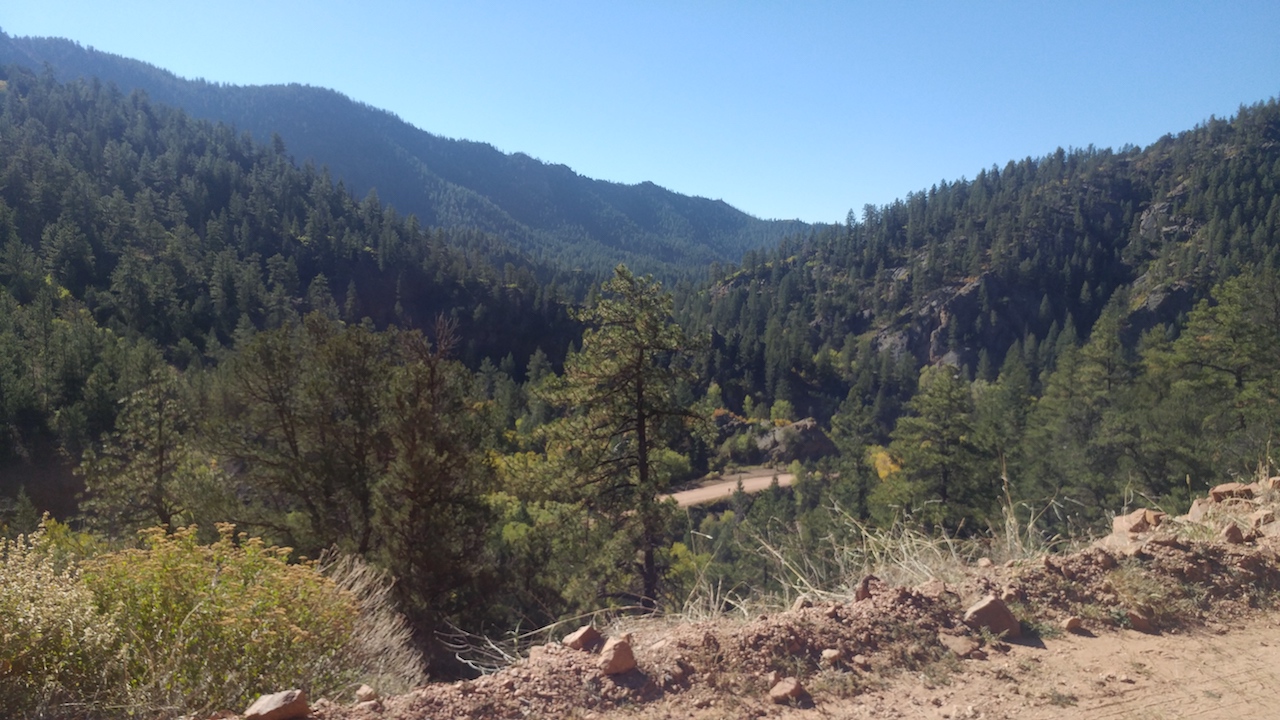
The second section began when the white arrows on the asphalt flashed at you to make a hard left onto Shelf Road. Little did I know what I was in for. Slamming on my brakes (shoutout to Shimano for figuring out how to make them not squeal), I took the hard left and with too much speed, found myself on the edge of the ditch for five seconds before regaining balance and pulling my left knee back in line. Another rider came up behind me and warned me that the next three to four miles would be a little rough. He was outfitted with 32mm gravel tires and much more prepared for this than I. Off he went never to be seen again…by me. The first mile was rough and what I expected. Then came -13% grades complete with 90+ degree turns, no good line, rocks looking back at you whispering, “Just try me”, and washboards that made you feel as though your eyeballs were attached to Slinky’s. Speed was inevitable, safe slowing was nearly impossible, and the sounds coming from my bike was its own language translated to, “Please stop!”. I refused to listen and kept rolling. Soon I saw a water bottle in the middle of the road. “Not so uncommon”, I thought. Half a mile later, I saw its companion…the cage. Taking heed, I stopped to tighten mine. The road eventually leveled out but the sounds from the bike hitting the rocks never ceased. I realized that if I made it the first four miles hitting every rock in sight, the likelihood of flatting on my Mavic Yksion Pro UST tires would be slim. I increased the pace a bit. Shelf Road was not named by accident. It is, quite literally, a shelf.
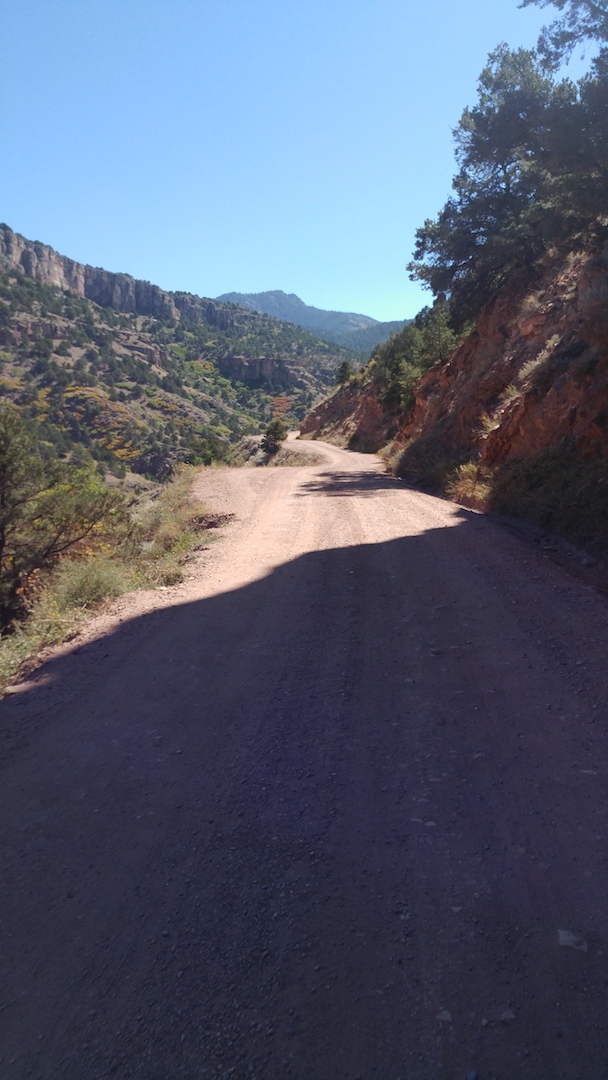
My realization of tire choice wasn’t the only reason I shifted into a higher gear. There was some sort of redneck rally ascending Shelf Road as we were descending. An entourage of pickup trucks from the 70s outfitted with skeletons and confederate flags were flying up the road that seemed no wider than a Lamborghini. I did my best to say thank you for the space, while simultaneously pushing 400+ watts and avoiding eye contact. However miserable—crippling—the descent was, words are too limiting to describe the surrounding landscape. Shelf Road soon took a hard right, then a steep and hard left and pavement began. En route to the finish line.
From the time the pavement began to the finish line, I averaged about 27mph solo. It was nice not to have a long slough at the end of a hard day. I caught a couple riders, traded off a couple pulls, worked our way through town and finished our days by passing through The Crippler’s windless flags.
My first thought on the descent was, “I’m never doing this again”. My second thought (the day after) was, “I’m definitely doing that again”. I realized that this race is two dimensional. If you have the fitness, you can absolutely crush the first big climb of the day, but if you lack bike-handling skills, all of your efforts might just be in vain. I did this race on a road bike, which is fine. But next year, I’ll be racing with the max tire width my frame can take (30s). The integration of quite a few miles of asphalt was to my liking, though I’m not sure it was for everyone. As I was helping the race director at the finish line (and snacking on my recovery cookies), I couldn’t help but notice the trend as athletes rode across the chalky white line: deep sigh followed by a hanging of the head, shoulder slump and tossing of bikes on the thick grass as if to say, “If you survived the descent, you’ll survive a small tumble”.
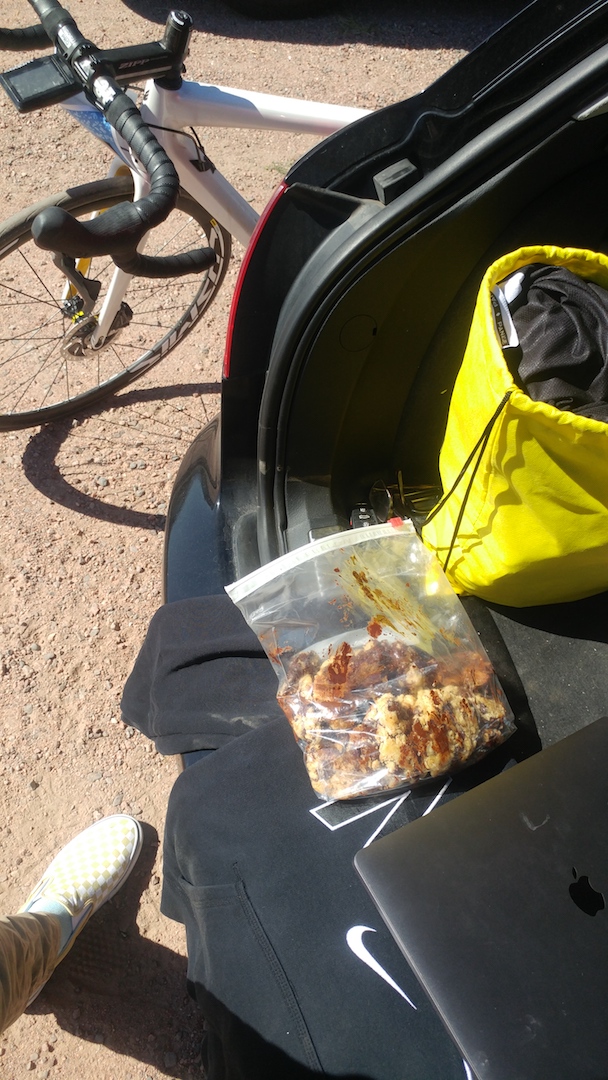
This event has potential and for its second year, it was well-organized and well-supported. All three aid stations were stocked with sport hydration, bars, gels, and sweet and salty snacks. If anyone was directionally challenged, they had the option of uploading the route to their cycling computer months in advance. Volunteers and staff were friendly and extremely helpful even when finishing riders were cranky and crippled. Looking at the profile, I was convinced the event was named after the climb, but after racing it it’s evident that the gravel descent was the real crippler. For the top finishers, they even have canes. Challenging? Absolutely. Worth the challenge? Absolutely.
